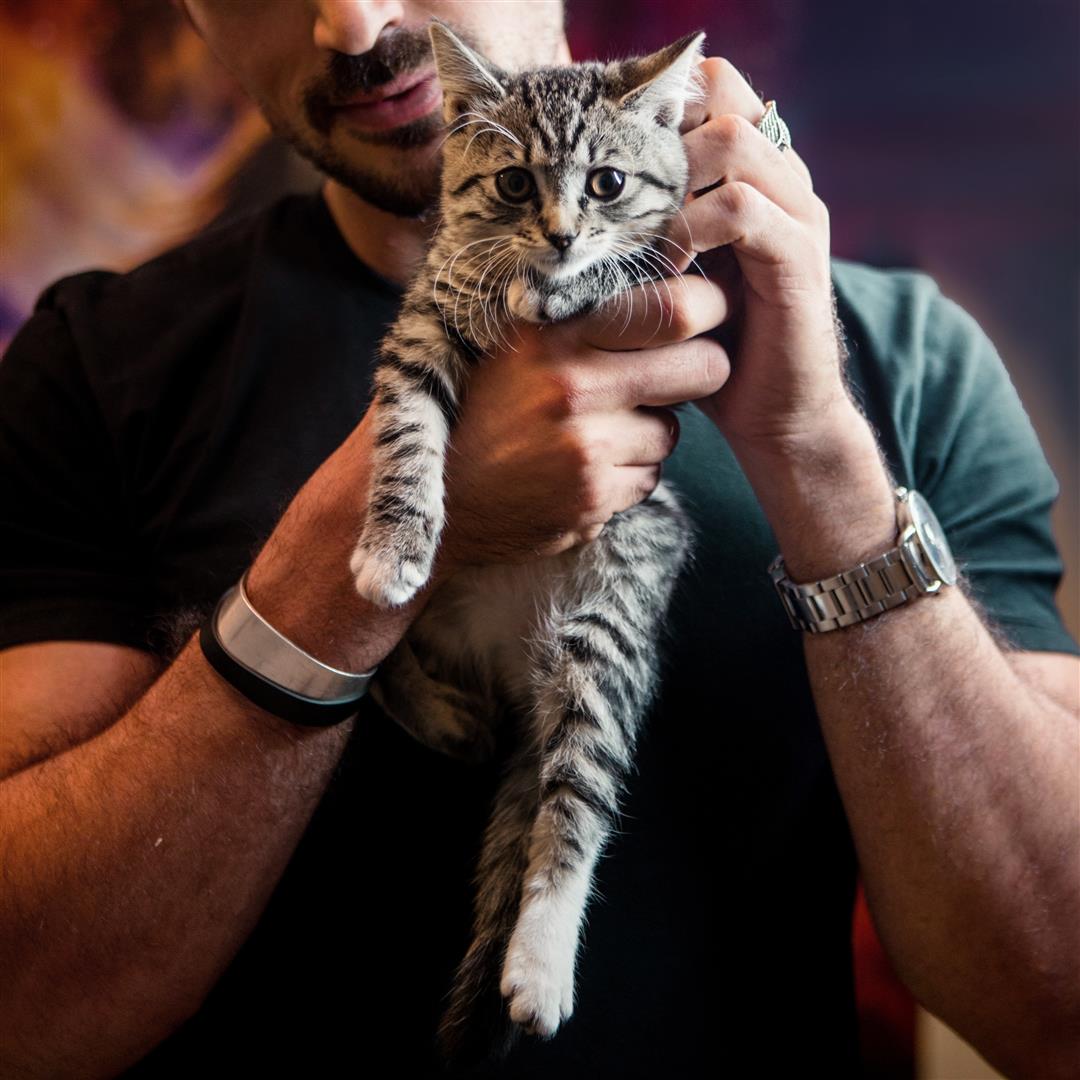LIFESTYLE NEWS - Something’s up with your cat. Most days she’s meowing by the food bowl a good hour before supper time, but for the second day running, she’s hardly touched her dinner. Could she be sick?
You recall the last vet visit. How it broke your heart to see her cowering and trembling in her carrier; the biting and scratching when you took her out; how skittish she became after the incident.
Remembering how traumatic it was for both you and your cat, it’s tempting to put off making another appointment. But that would be the wrong call – decreased appetite in a cat can be a sign of numerous health problems, from pain to an obstruction to kidney disease.
Even if your cat seems fine, annual check-ups are a smart way to catch issues early. Instead, use these tips from global animal health company, Zoetis South Africa, to take the stress out of visiting the vet.
Make friends with the carrier
Many vets have a policy that cats must be in a carrier. Rules aside, though, it’s a safer and easier way to transport your cat. But if the carrier only comes out when a vet visit is imminent, chances are your cat will want nothing to do with it.
Try this: Use the carrier as a safe space for your cat. Keep it out, put a blanket in there and some toys so it becomes a place where your cat enjoys hanging out (after all, it is essentially a box, and we know how cats feel about boxes!). When you go to the vet, the carrier will feel more like a familiar piece of home, rather than a portable prison.
Regular car rides for the win
Like the carrier, the car will be tainted with vet angst if that’s the only time your cat travels in it.
Try this: Every now and then, put your cat in the carrier and go for short drives that don’t end at the vet. You can even sweeten the deal with a special treat or toy so that your cat makes happy associations with the car.
Get your cat used to handling
If your cat hates being touched or picked up on a good day, you’re in for trouble when you visit the vet.
Try this: Start with short, light touches, rewarding your cat with something they love. Gradually increase the petting time, working up to short holds and eventually longer holds – always reward your cat and respect their boundaries. Be careful to pick your cat up gently and comfortably; if they begin to struggle, put them down. Once they’re ok with physical interaction, get them used to being examined from nose to tail.
 If your cat hates being touched or picked up on a good day, you’re in for trouble when you visit the vet.
If your cat hates being touched or picked up on a good day, you’re in for trouble when you visit the vet.
Choose a cat conscious vet
The last thing your freaked-out cat needs is a distressing encounter with a dog in the waiting room.
Try this: While internationally certified Cat Friendly Practices may be limited in South Africa, many veterinary clinics do make an effort to accommodate the unique needs of cats. Consider reaching out to veterinary practices in your area to find out what their protocols are for feline patients. Ask about things like separate waiting areas, quiet exam rooms, and handling approaches. A quick visit or chat with your vet can go a long way towards finding a clinic where both you and your cat feel comfortable and supported.
 Photo: Unsplash
Photo: Unsplash
Consider calming agents
In extreme circumstances, you may need a little extra help.
Try this: If your cat responds well to catnip, you can try a little in the carrier to soothe them. You can also ask your vet in advance about calming medication.
Just like humans need to go to the doctor, cats need to go to the vet. Use these tips to keep your cat healthy and happy.
 Photo: Unsplash
Photo: Unsplash
‘We bring you the latest Garden Route, Hessequa, Karoo news’
















